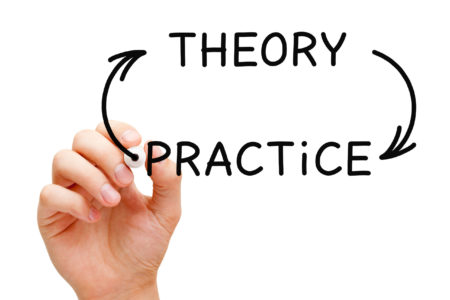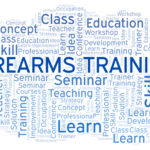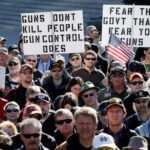CCW Lifestyle Series #5 – Lockdown Gotcha Down? – Develop Your Dry Fire Practice Routine (Part 1)

The following is part of a continuing series of articles intended to provide a starting point for those new to concealed carry. There is much to learn and great satisfaction to be had but figuring out where to begin can be daunting for newcomers. The intent of the series is to provide useful information for those beginning the transition to the concealed carry lifestyle.
Finding productive activities to help survive the stay at home orders can be a challenge. For gun owners, this is a great time to develop your dry fire practice routine.
Dry fire or dry practice as it is called by some, is simply practicing various techniques with an unloaded firearm. Dry fire practice is extremely useful to novice shooters as well as to very experienced shooters. Most competitive shooters incorporate dry fire as a regular part of their training.
Many fundamentals can be effectively practiced in a dry fire environment but before we get into that let’s talk about the set up.
As with all things firearms, safety is the primary concern. To begin, find a location that will work for you as a dry fire area. Find someplace where you won’t be disturbed and always train in the same area (don’t do it in a different room each time). Use a real target (not a picture of your mother-in-law) and have a safe backstop (just in case).
Begin your session with a phrase such as “my dry fire session has begun”. Say this phrase out loud at the start of each session to mentally focus on the task at hand. Verify your firearm is unloaded! Check it again. Check it a third time. There should be no live ammunition anywhere in the room during dry fire. There should be no loaded magazines in the room. Plan your session to be no longer than 15 minutes. Three 15 minute sessions each week will produce better results than one 1 hour session each week. End your session with a phrase such as “my dry fire session has ended”. Do this every time.
Some of the fundamentals that fit nicely into dry practice include:
- Drawing from a holster (both open and concealed)
- Sight picture
- Trigger control (surprise break, follow through, reset)
- Proper grip from draw
- Clearing malfunctions (Type 1, Type 2, and Type 3)
Drawing from the Holster
Drawing is essentially a four step process. When drawing from concealment we add clearing the cover garment to the first step. The draw process is demonstrated here for open carry and here for concealed. Break the process down and practice each step slowly until you can do each correctly, then put them all together. Once you’re drawing correctly use a timer and try to go faster but maintain proper technique. Eventually you’ll get smoother, and smoother will make you faster.
Dry practice is a great way to improve your draw stroke. Practice with your carry rig and the different kinds of clothing you typically wear. For concealed carry your goal from holster to first shot should be about 1.5 seconds.
Eventually you’ll need to put all this together at the range with live fire. Some ranges require a class or certification before allowing work from a holster. If your range doesn’t permit working from a holster find a new range. If that isn’t possible look into competitive shooting. Participating in IDPA matches is a great way to improve your skills and have fun. However you do it you’ll need to eventually practice live. What you’ll discover is that your great draw times don’t necessarily produce good hits at the range. You’ll likely have to back off on your speed until your accuracy improves and then rebuild speed from there. The good news is this is all great fun!
Watch for parts two and three of this article in the coming weeks. Part two will cover dry practice for sight picture, trigger control and proper grip. Part three will address clearing malfunctions.
The right to self-defense is a basic human right. Gun ownership is an integral part of that right. If you want to keep your rights defend them by joining San Diego County Gun Owners (SDCGO) in San Diego, Orange County Gun Owners (OCGO) in Orange County, San Bernardino County Gun Owners (SBCGO) in San Bernardino County or Riverside County Gun Owners (RCGO) in Riverside. Support the cause by listening to Gun Sports Radio live on Sunday afternoon or on the internet at your leisure. Join the fight and help us restore and preserve our second amendment rights. Together we will win.
©2020 Joseph T Drammissi






